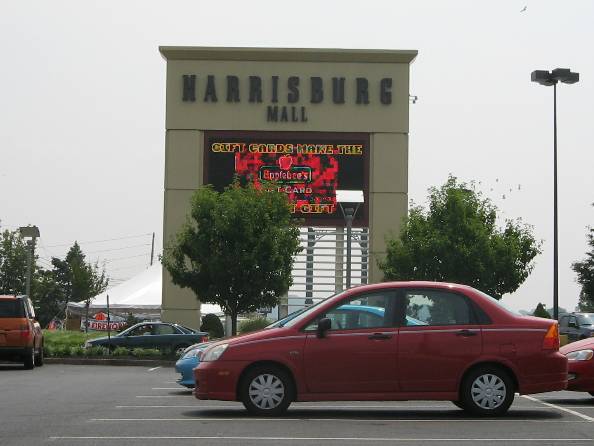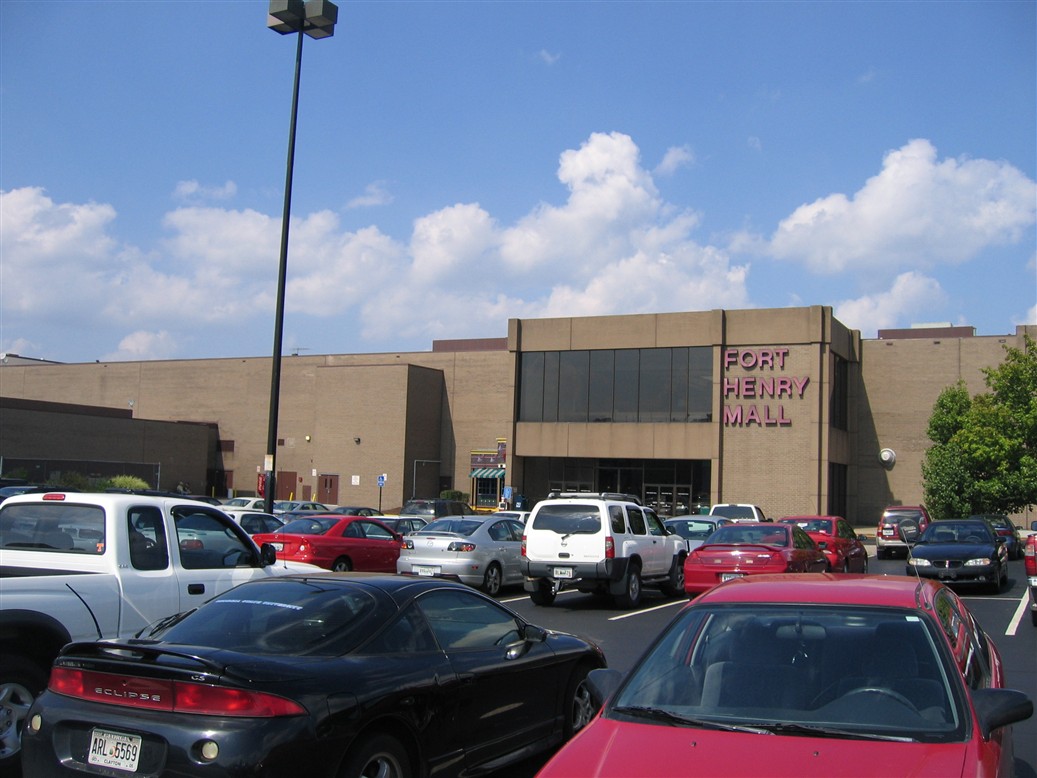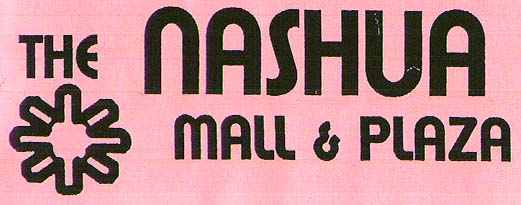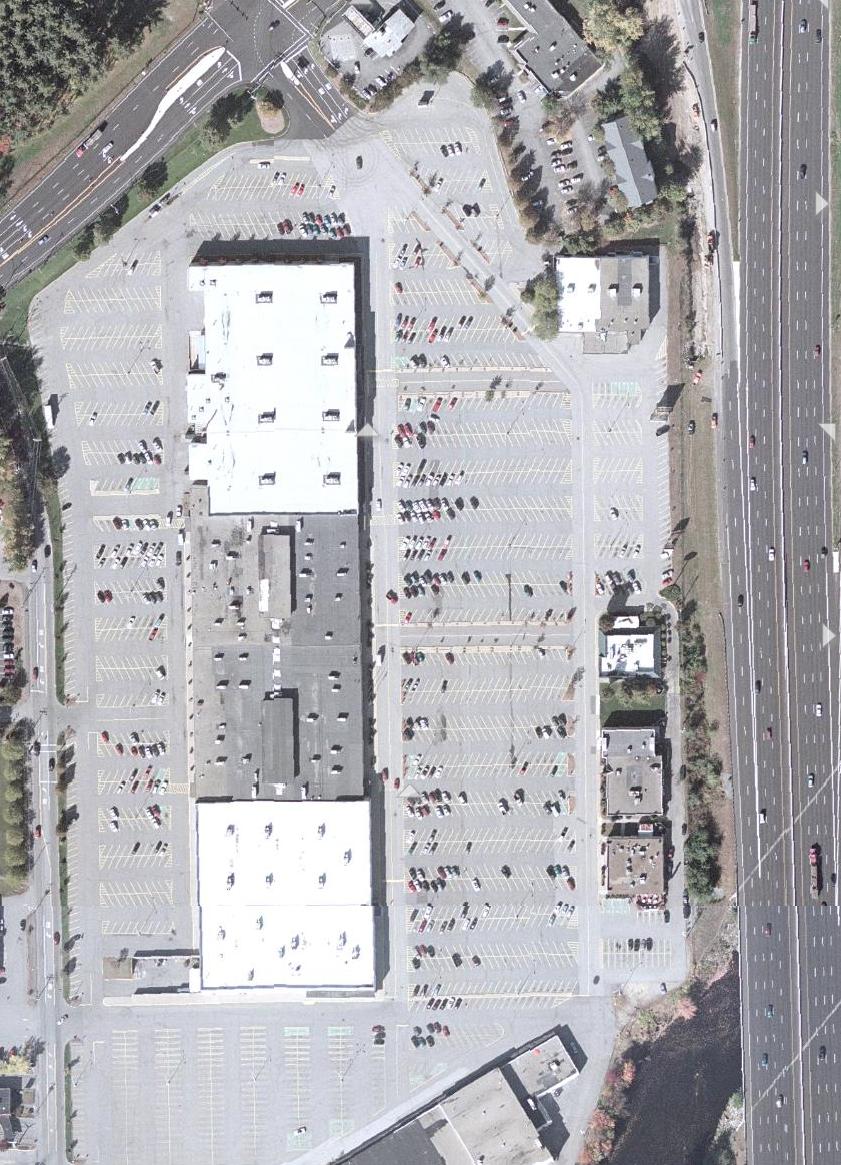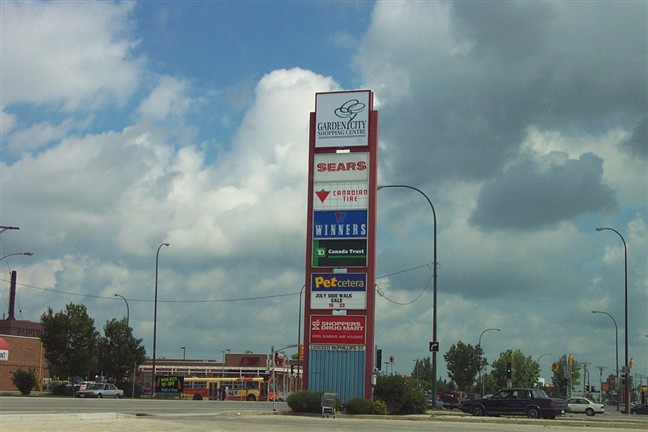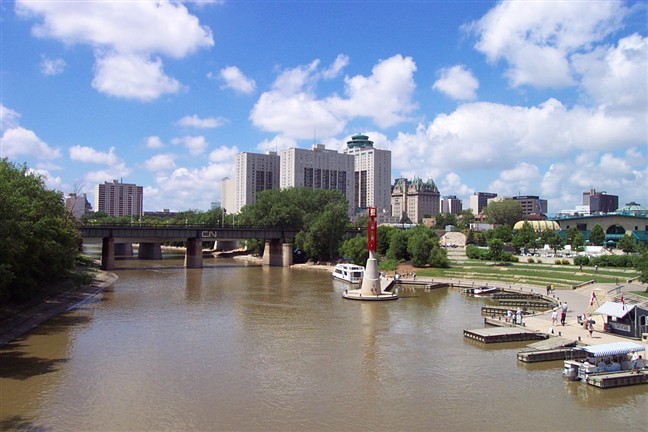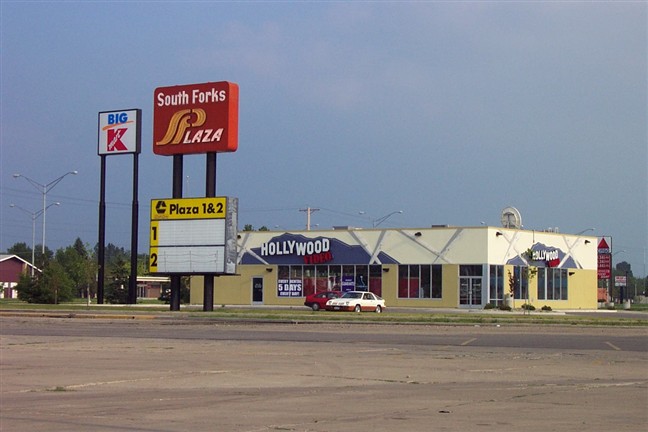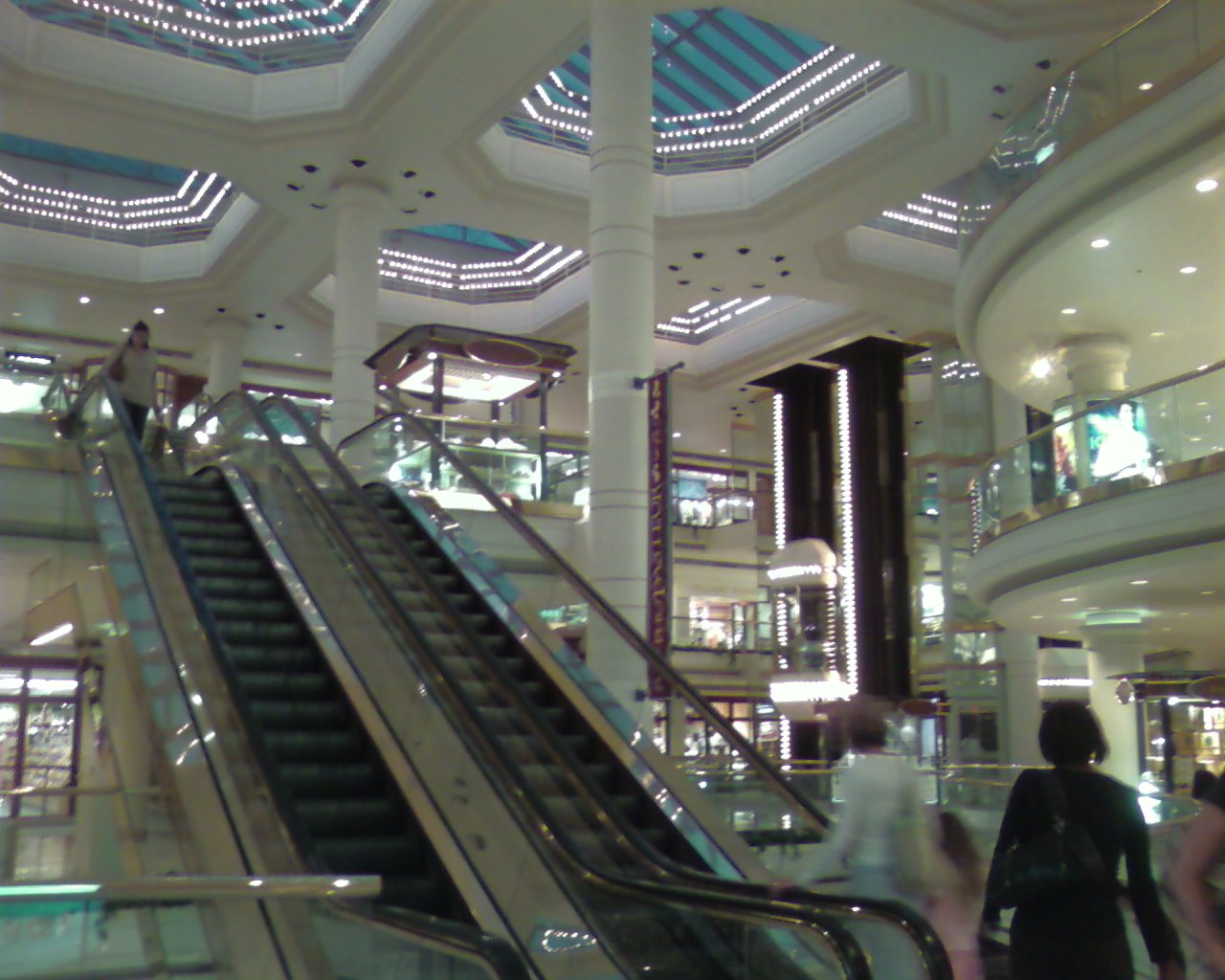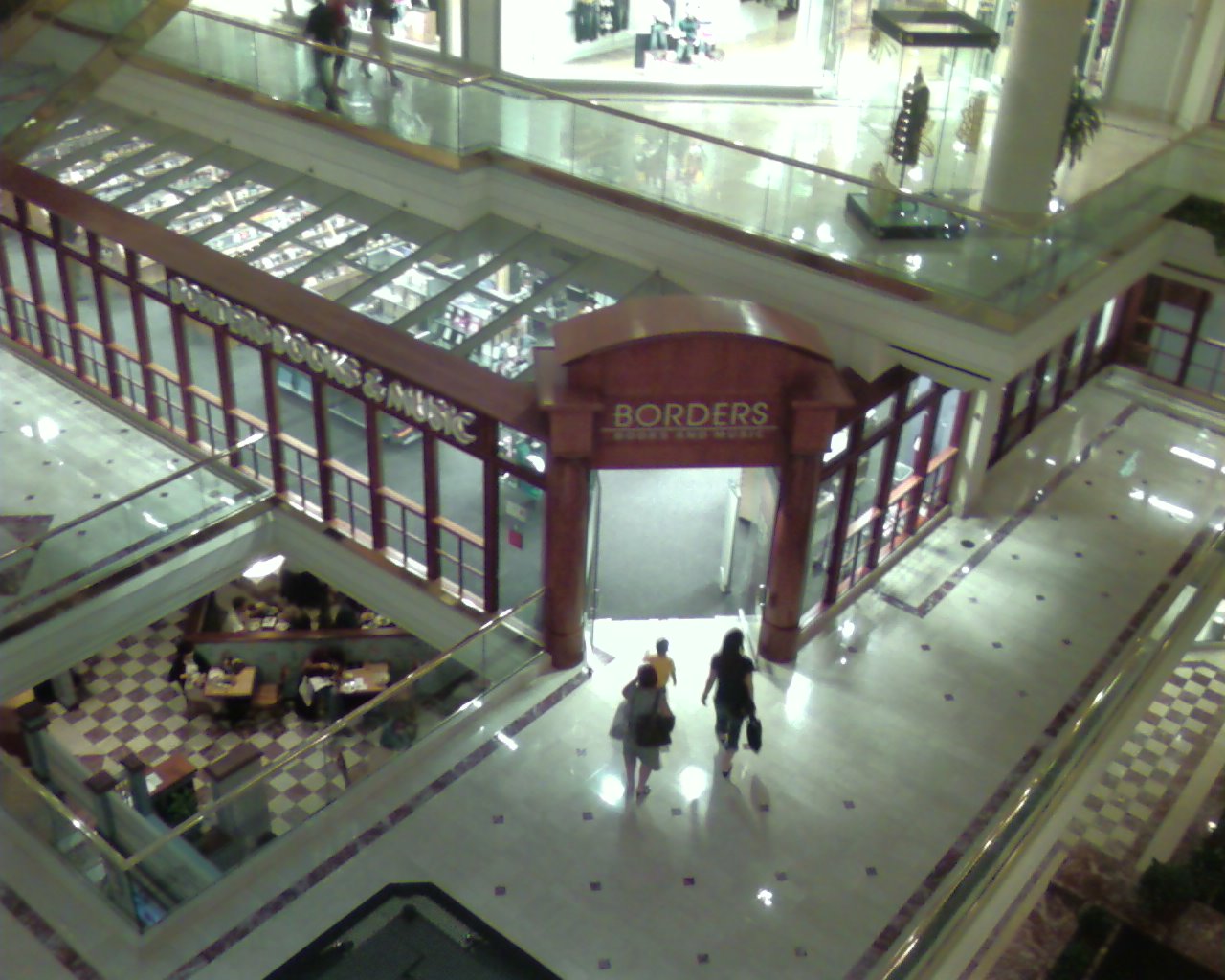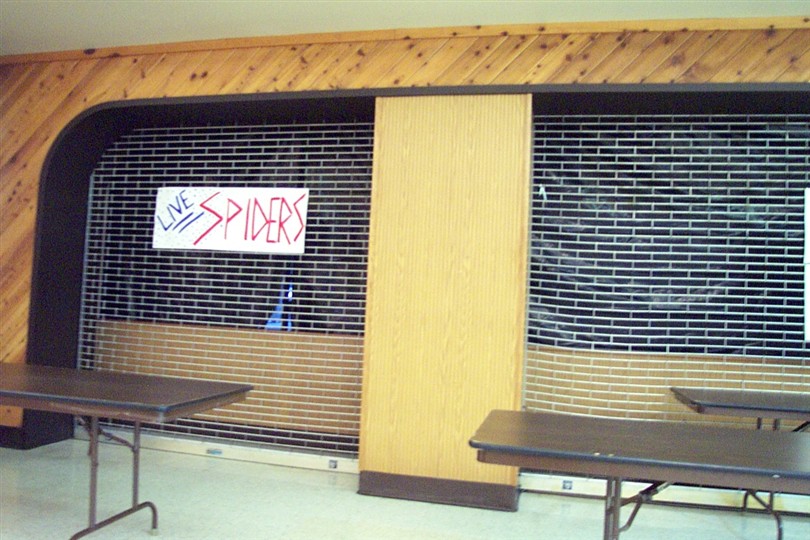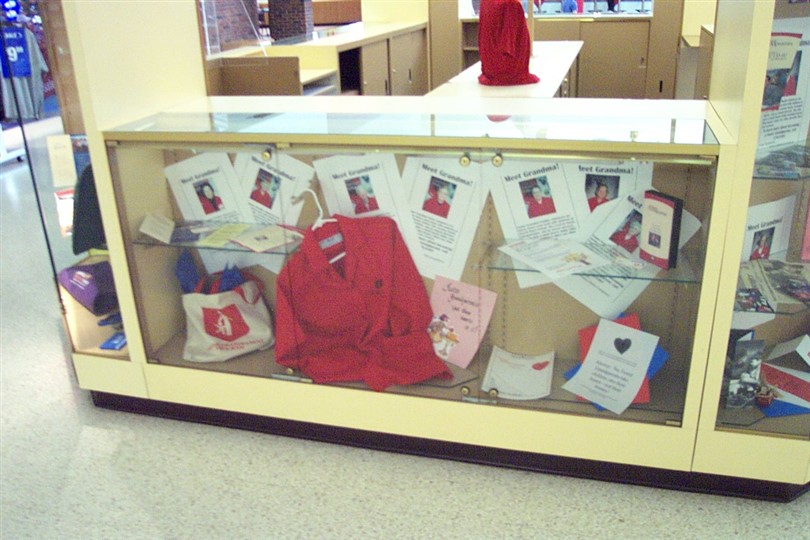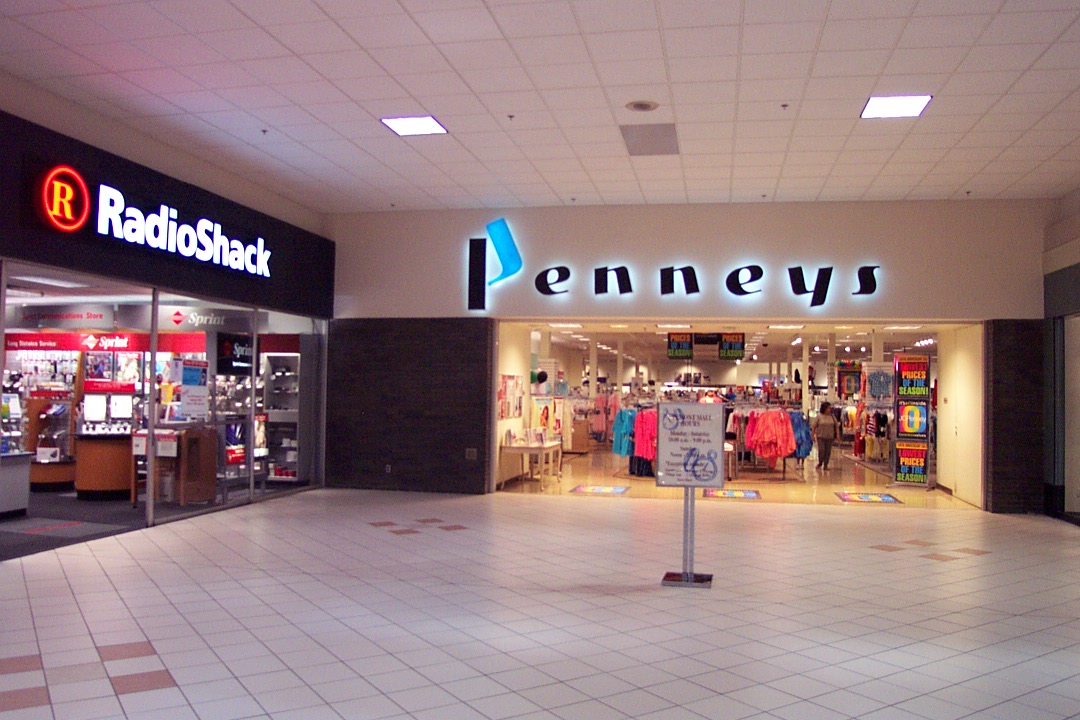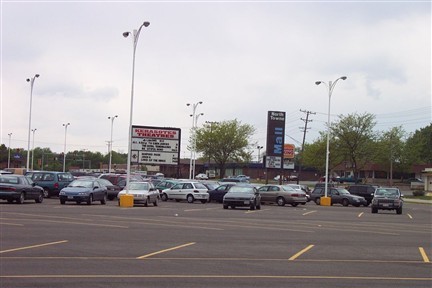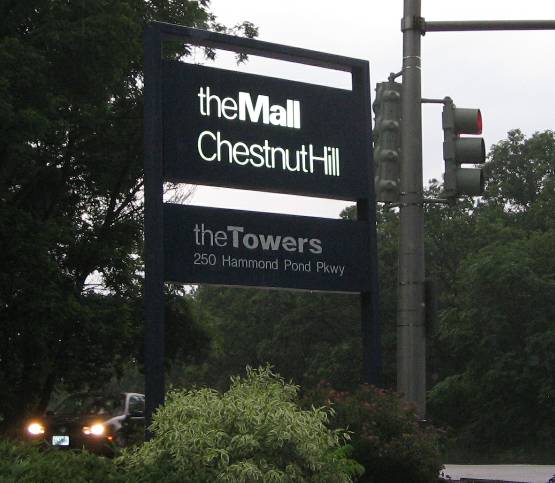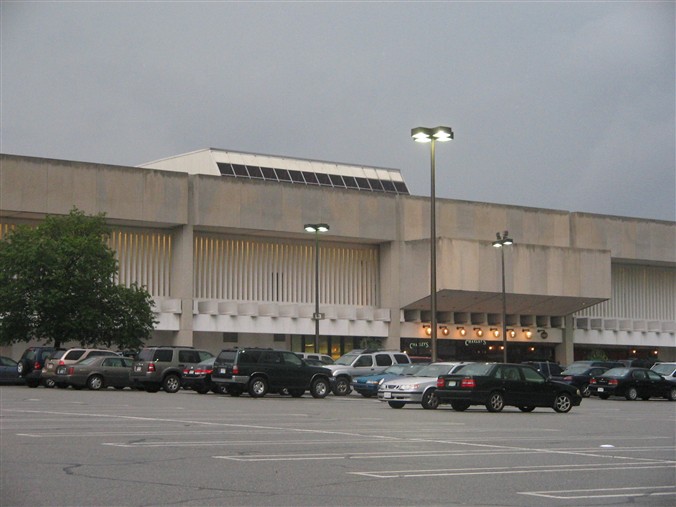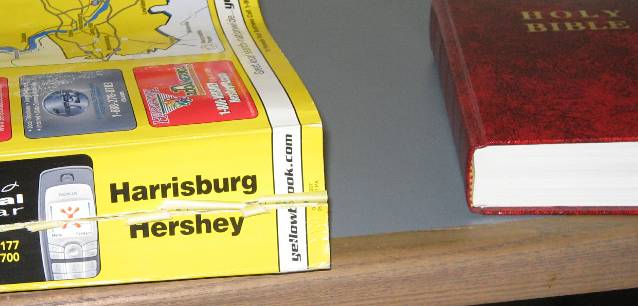
It was the fall of 2004, and I was finishing up my first day of what was then the longest trip that I’d taken alone. After a long day spent trawling across the northeast, I found myself standing in the lobby of a Red Roof Inn in Harrisburg, Pennsylvania, entirely by myself in a city that I knew nothing about beyond that it was a) the capital city of the Commonwealth of Pennsylvania and b) home of the Three Mile Island nuclear power plant.
I knew full well that I’d spend the entire evening doing what I’d done all day–exploring the city and visiting malls–but something was strangely freeing about arriving in this strange city without a plan. My first stop was the Harrisburg Mall, just about a mile from my hotel.
At the time, I was going to seek out a place named the Harrisburg EAST Mall, but apparently the mall was in the middle of a major rebranding and renovation, and I stumbled into the center of it. Apparently the Harrisburg Mall (no “East” anymore), which is the largest enclosed shopping mall in metropolitan Harrisburg, hit some rocky times in the early ’00s. Anchored by Hecht’s, JCPenney, and Lord & Taylor until 2003 or so (though I think the Lord & Taylor may have once been a Hess’s), L&T pulled out of the mall as part of a larger round of closings. JCPenney and Hecht’s both announced their intention to leave soon after. The mall was sold, and management had to do something quickly to turn around the fortunes of the rapidly-emptying mall. Despite that the Harrisburg East Mall had been the area’s dominant mall quite recently, it seemed headed for a fast crash.
Thankfully, Lubert-Adler and Feldman Equities took a proactive approach to protecting the mall, which they detail in this case study. They renovated the two-level, 840,000 square-foot, 90-store center inside and out, introducing a rather Pottery Barn-esque design scheme, and convinced Hecht’s to stay on the property. The JCPenney space was quickly filled with a Boscov’s store, and the former Lord & Taylor was dramatically reworked to become a Bass Pro Shops, which today drives a large amount of traffic to the mall. In addition, a final phase of the mall’s renovation calls for the construction of a lifestyle-center-style streetscape to be built onto the front of the structure, creating space for additional outdoor retail. A movie theatre is also scheduled to be added to the rear of the mall, between Hecht’s and Boscov’s and presumably off of the food court wing.
When I visited in 2004, the mall had a surprising number of vacancies and Bass Pro Shops had not yet opened for business. As of a month ago, when I swung by again, the mall had rebounded dramatically and now boasts an 80% occupancy rate and seems to have reclaimed its role as the dominant mall for the Harrisburg area.
As you see from these pictures, Harrisburg Mall isn’t terribly exciting, bar its tall pylon or unrenovated basement court (the final picture). But it is an example of a mall that was quickly and strategically pulled out of an undeserved rapid nosedive and has been brought back to profitability. I wish all mall management companies were this stealthy.
For a vintage view, check out this 1988 shot of the mall’s parking lot! For a modern aerial view, check out this really neat-o black and white photo that shows the mall today, with the Harrisburg skyline in the background.
This is my sole photo from the 2004 trip. The fuzziness is arr-tistic, not simply a result of my old VGA-res style camera phone:
And here’s some that are a bit more current, all taken July 2006:
